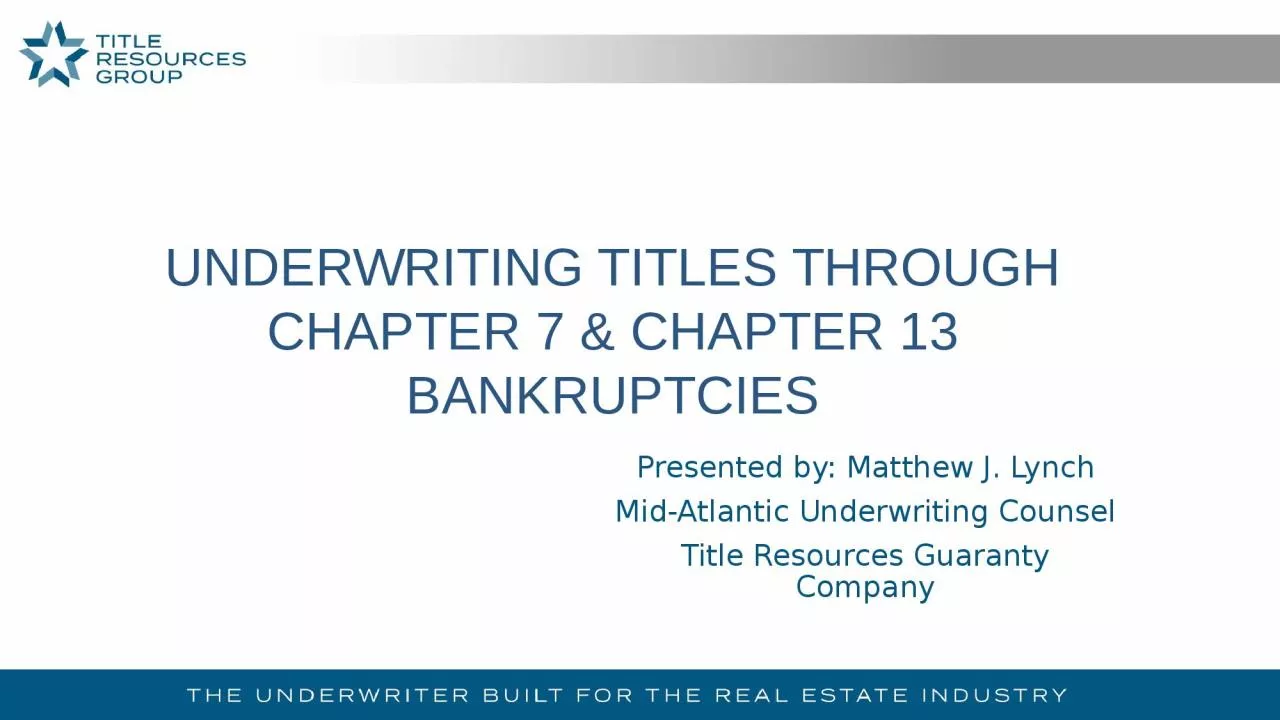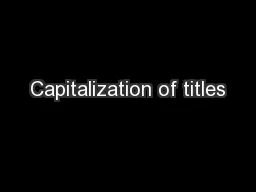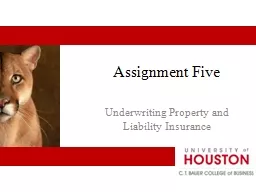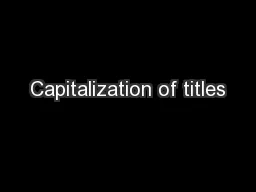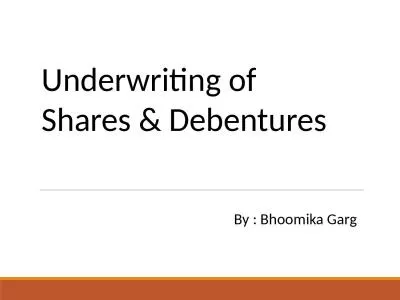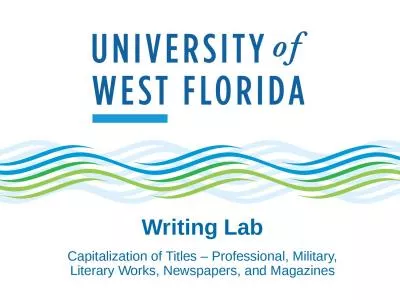PPT-UNDERWRITING TITLES THROUGH CHAPTER 7 & CHAPTER 13 BANKRUPTCIES
Author : ella | Published Date : 2023-11-04
Presented by Matthew J Lynch MidAtlantic Underwriting Counsel Title Resources Guaranty Company I OVERVIEW 2 A Bankruptcy Reform Act of 1978 major revisions 1994
Presentation Embed Code
Download Presentation
Download Presentation The PPT/PDF document "UNDERWRITING TITLES THROUGH CHAPTER 7 &a..." is the property of its rightful owner. Permission is granted to download and print the materials on this website for personal, non-commercial use only, and to display it on your personal computer provided you do not modify the materials and that you retain all copyright notices contained in the materials. By downloading content from our website, you accept the terms of this agreement.
UNDERWRITING TITLES THROUGH CHAPTER 7 & CHAPTER 13 BANKRUPTCIES: Transcript
Download Rules Of Document
"UNDERWRITING TITLES THROUGH CHAPTER 7 & CHAPTER 13 BANKRUPTCIES"The content belongs to its owner. You may download and print it for personal use, without modification, and keep all copyright notices. By downloading, you agree to these terms.
Related Documents

